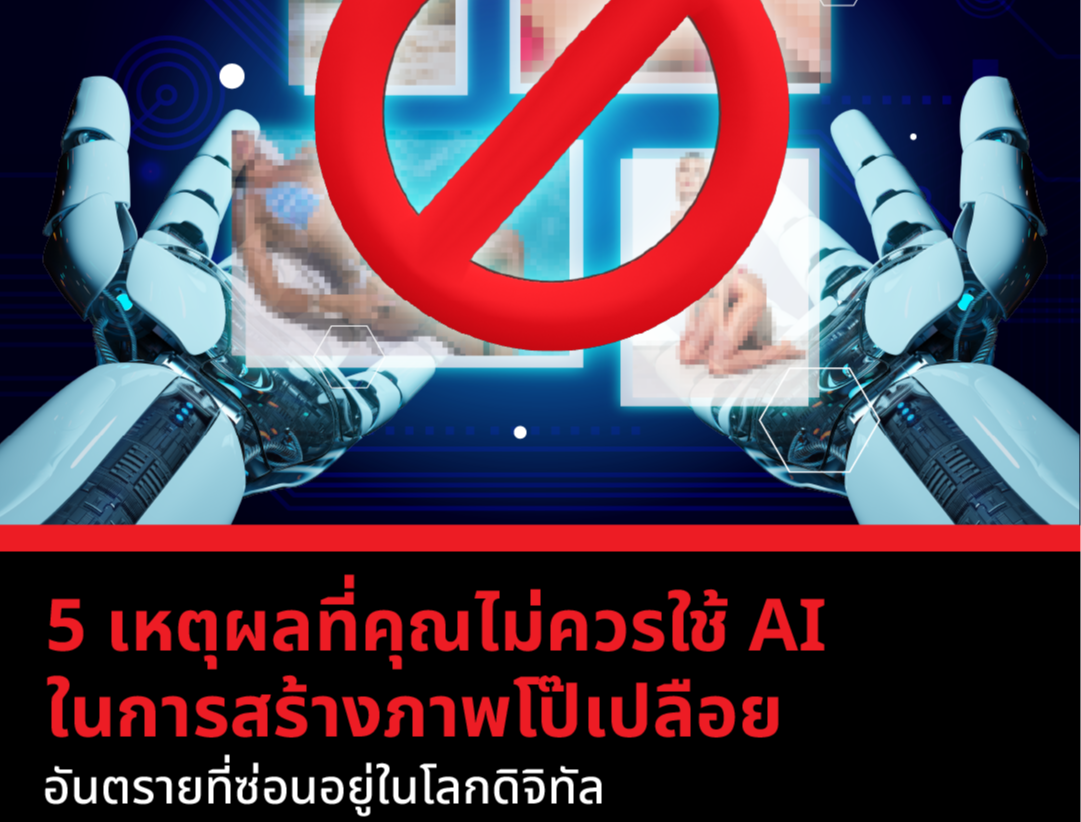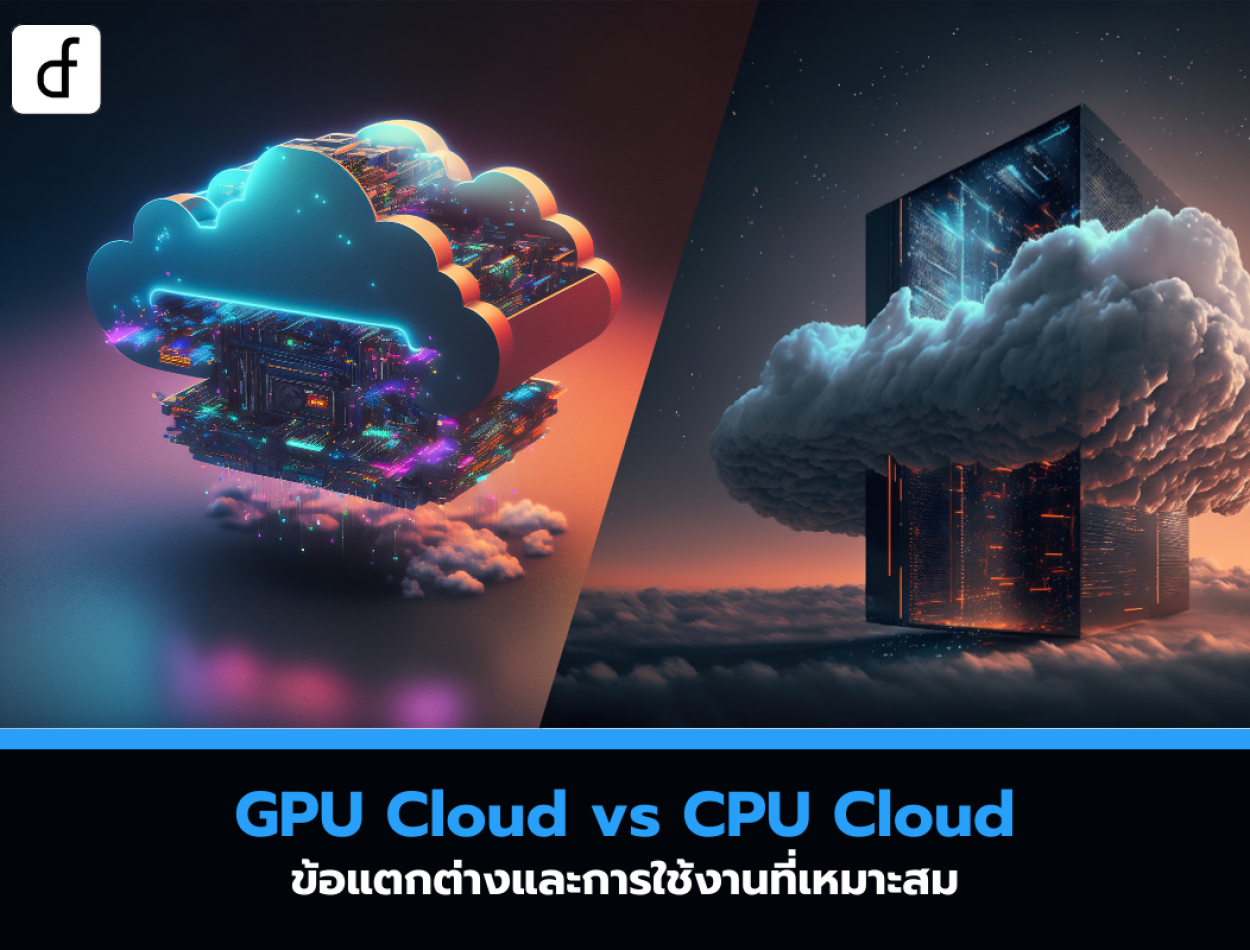
GPU Cloud vs CPU Cloud: Differences and Appropriate Use Cases
2025-02-14 02:44:54
In the world of Cloud Computing, choosing between GPU Cloud and CPU Cloud is a crucial factor that affects the performance and cost of the system. GPUs (Graphics Processing Units) and CPUs (Central Processing Units) differ in architecture and processing performance, making them suitable for different tasks.
This article will explain the differences between GPU Cloud and CPU Cloud, including the appropriate use cases for each type, to help you choose the infrastructure that suits your work.
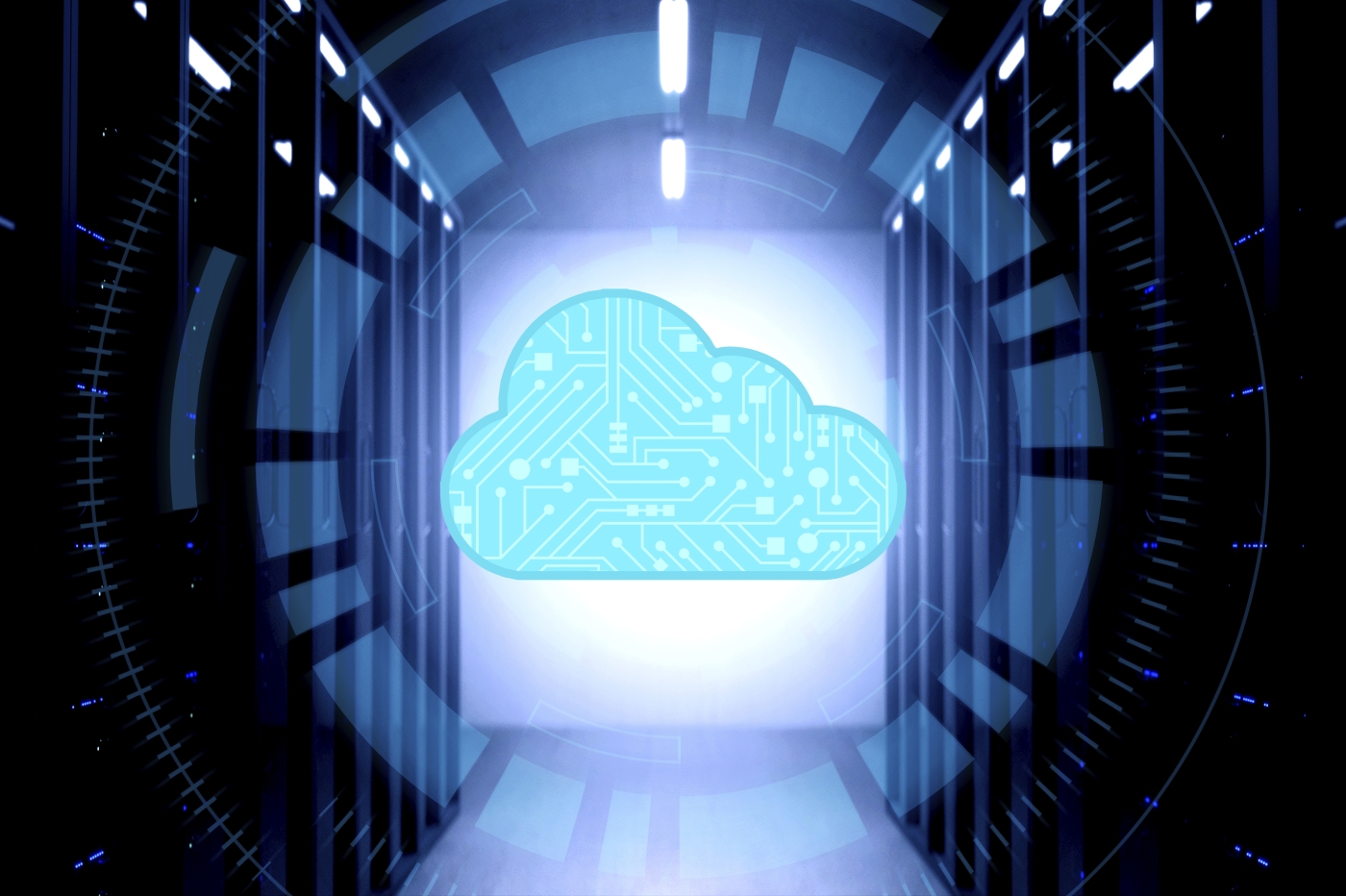
What is GPU Cloud?
GPU Cloud is a cloud service that uses graphics cards (GPUs) for processing. It is suitable for tasks that require high parallel computing, such as AI, Machine Learning, Deep Learning, Big Data Analytics, and graphic work.
Advantages of GPU Cloud
- Suitable for tasks that require high parallel computing – such as training AI models and rendering graphics.
- Higher speed than using a CPU for specialized tasks – because GPUs have multiple cores that can work simultaneously.
- Enhance the efficiency of Data Science and AI tasks.
Disadvantages of GPU Cloud
- High cost – GPUs are more expensive than using CPU Cloud
- Not suitable for general tasks – tasks that require sequential processing may not benefit from a GPU.
Proper usage
- Machine Learning and Deep Learning – used for training AI models such as TensorFlow, PyTorch
- Big Data Analytics – Using GPUs to process large data sets quickly
- Graphic and 3D Rendering work – such as Blender, Unreal Engine, Unity
- Minería de Blockchain y Criptomonedas
What is CPU Cloud?
CPU Cloud is a cloud service that uses Central Processing Units (CPUs), suitable for tasks requiring sequential processing or general processing, such as web hosting, database management, and business applications.
The Advantages of CPU Cloud
- Handles general tasks well – suitable for processing that does not require high parallelism
- Lower cost than using GPU Cloud
- Good performance for tasks that require continuity – such as Web Server and Database
Disadvantages of CPU Cloud
- Lower performance for tasks that require high parallel processing.
- Not suitable for work in AI, Machine Learning, and 3D Rendering.
Proper usage
- Web Hosting and Cloud Storage
- Application Server and Database Management
- Work in Software Development and Business Applications
- Tasks that require system stability more than processing speed
GPU Cloud vs CPU Cloud: Comparing the Differences
Structure
- GPU Cloud - has multiple cores that work well in parallel.
- CPU Cloud - has fewer cores but focuses on sequential processing.
Processing speed
- GPU Cloud - is faster for tasks that require parallel processing.
- CPU Cloud - is suitable for tasks that require sequential processing.
Expenses
- GPU Cloud - is superior
- CPU Cloud - is lower
Main usage
- GPU Cloud - AI, Machine Learning, Deep Learning, 3D Rendering
- CPU Cloud - Web Hosting, Database, Business Applications
The appropriateness of the work
- GPU Cloud - tasks that require high processing power
- CPU Cloud - for general tasks that require stability
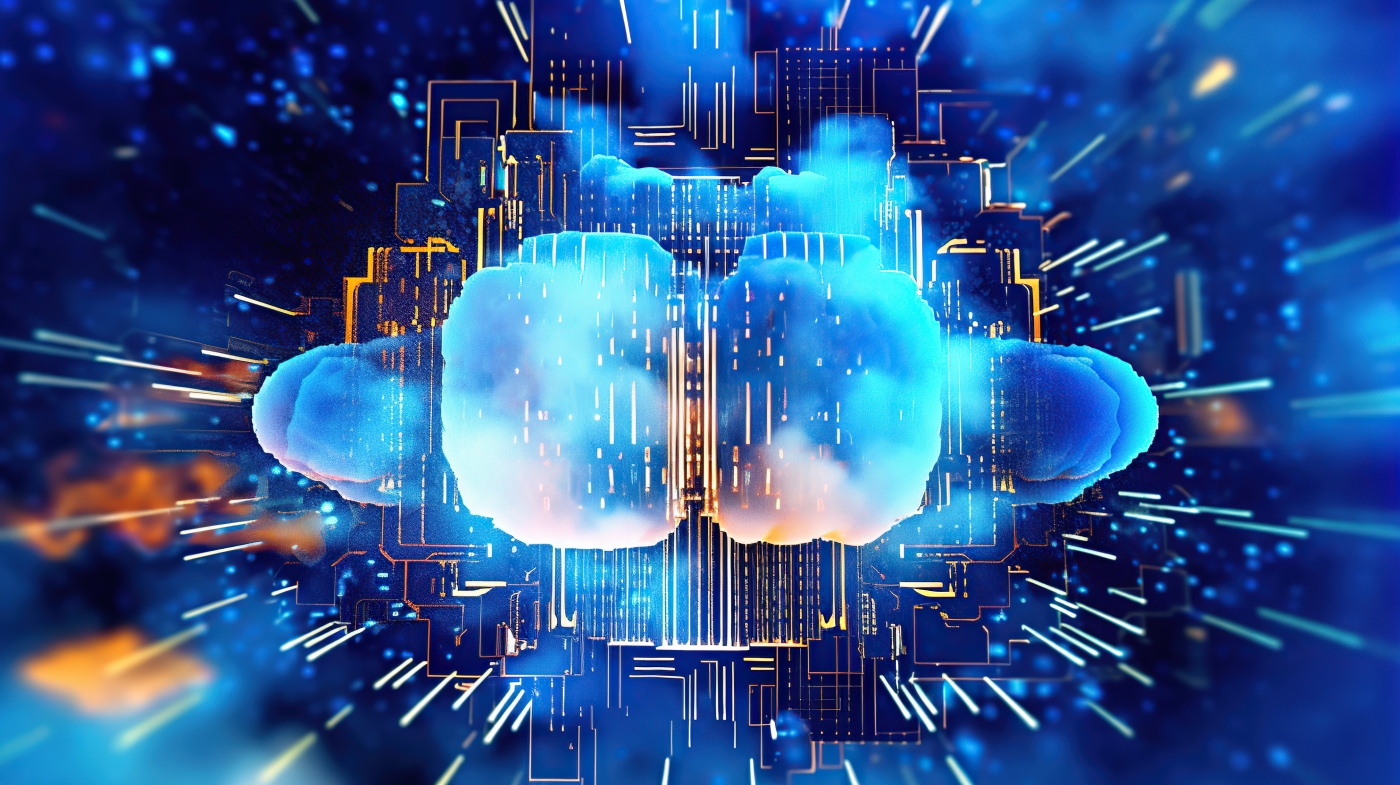
Which one should I choose?
- Choose GPU Cloud if you need high parallel processing power, such as for AI, Machine Learning, Big Data, and graphic tasks.
- Choose CPU Cloud if you need a server that supports general tasks such as Web Hosting, Application Server, and Database.
If your business requires both general processing and high-performance computing tasks, using a Hybrid Cloud that includes both GPU and CPU Cloud might be the best option to optimize performance and reduce costs.
Ultimately, the choice between using a GPU or CPU Cloud depends on your own needs.
Leave a comment :
Recent post
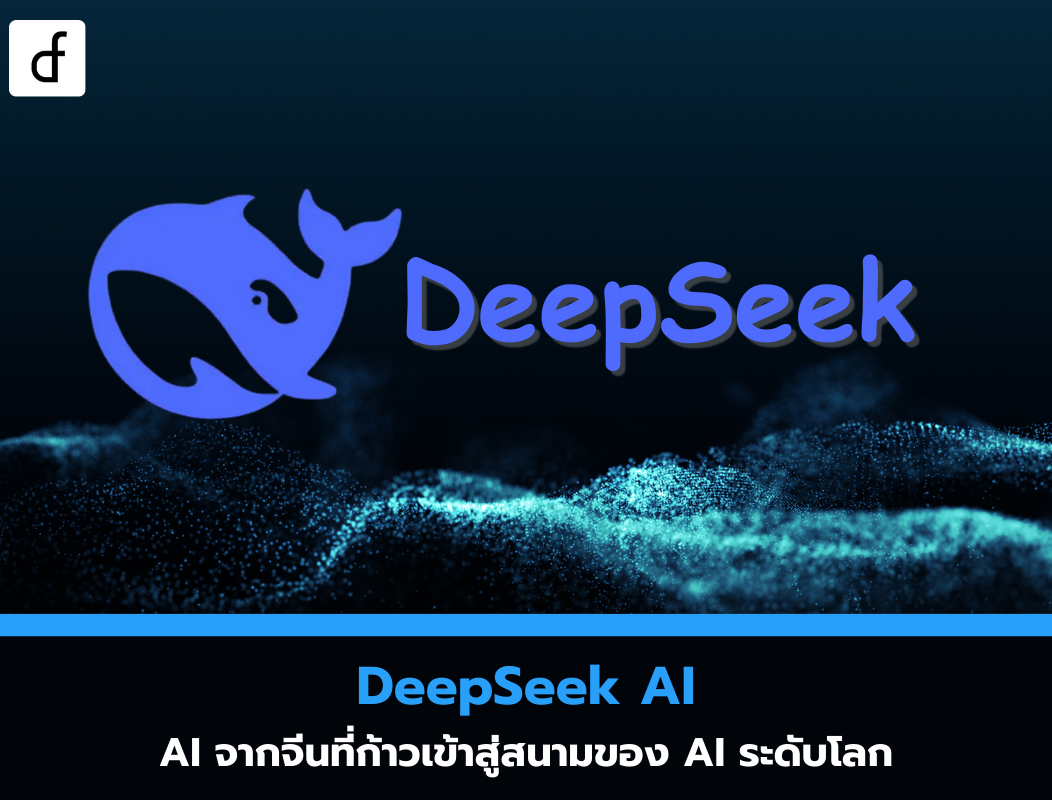
2025-01-10 10:12:01

2024-05-31 03:06:49

2024-05-28 03:09:25
Tagscloud
Other interesting articles
There are many other interesting articles, try selecting them from below.

2024-05-02 05:54:22
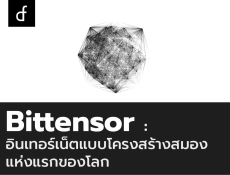
2024-02-20 04:21:49

2025-05-28 09:01:33

2024-04-22 03:24:25

2025-02-11 10:10:48

2025-03-05 04:31:19

2024-03-11 03:16:04

2024-09-23 02:32:32
